Lisbon has been Europe’s travel darling for the last half-decade. Visitors may have been slower to catch on to the Portuguese capital than they were to cities like Paris and Barcelona, but now that the secret’s out, it’s starting to feel like there are no tourists left for the rest of the continent. Lisbon and second-city Porto are far from the only places that make Portugal Europe’s “it” destination, however. Make a point to venture to these smaller towns and villages when you visit, and you may find them more attractive than the big cities altogether.
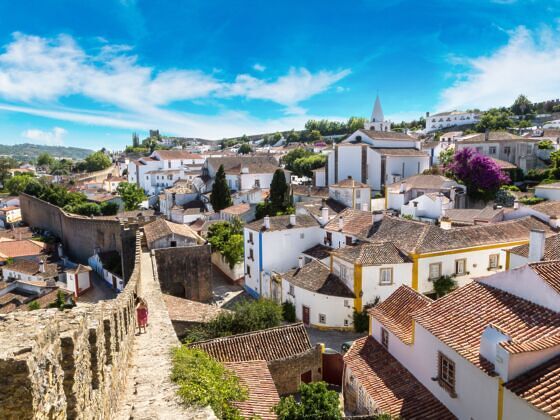

7 Perfect Portuguese Towns That’ll Make You Forget All About Lisbon
We hope you love the spaces and stays we recommend! Just so you know, Matador may collect a small commission from the links on this page if you decide to book a stay. Listed prices are accurate as of the time of publication.
Óbidos
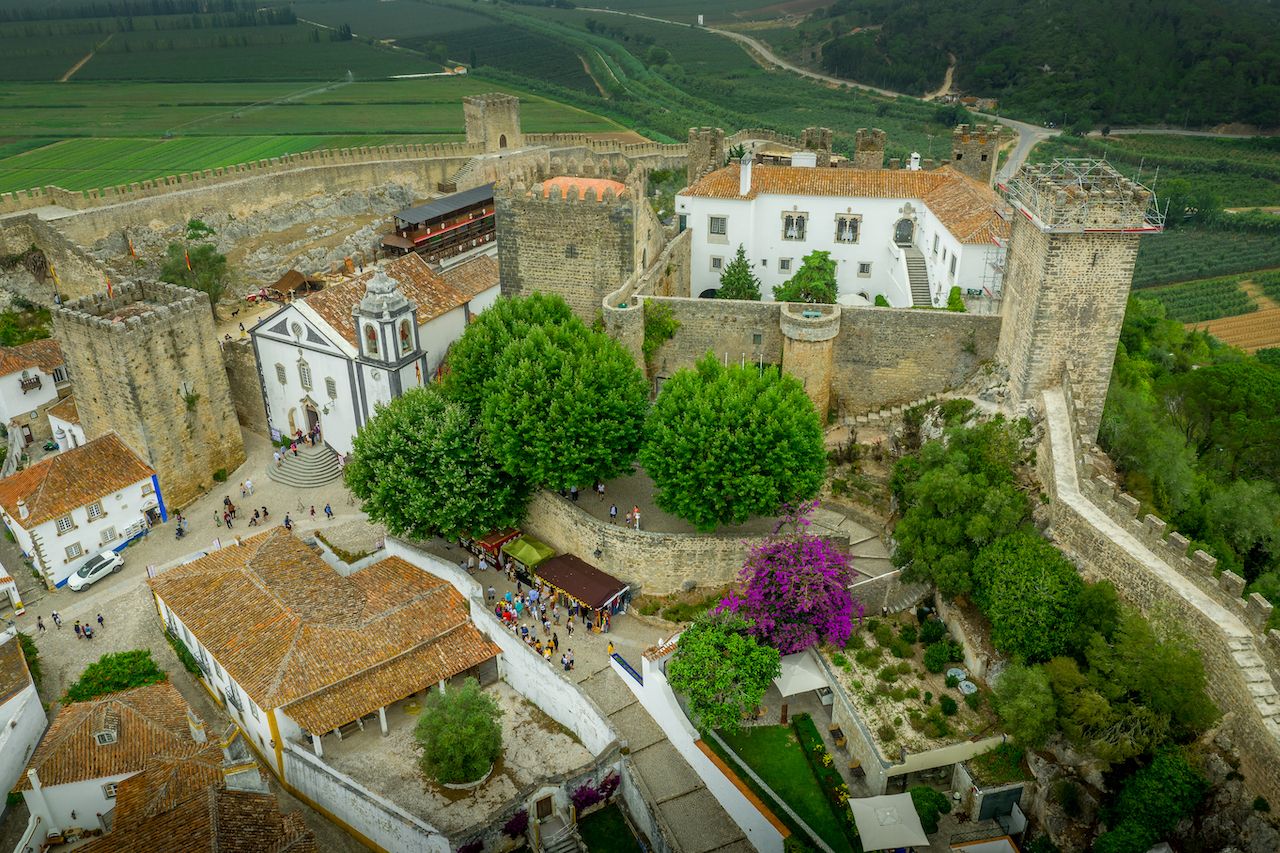
Photo: tokar/Shutterstock
- How to get there: About an hour north of Lisbon by car, Óbidos makes an easy day trip or first stop on a coastal road heading toward Nazaré or Coimbra.
Óbidos trickles down a hilltop high above the Atlantic, bounded by crenelated walls that clue travelers into its medieval history. King Dinis gifted the town to his wife, Queen Isabel, on their wedding day in the late 13th century, and it looks remarkably unchanged today. Visitors come for annual events like the International Chocolate Festival and Medieval Market fair, though the average traveler may not realize that Óbidos is just an hour north of Lisbon. Those who do find their way are rewarded with the chance to sleep inside a Moorish castle, now a Pousada (a chain of luxury historical hotels), and uncover a bookshop on every cobblestoned corner not occupied by a church. There’s also some truly charming Airbnbs from small family-sized houses to a one-bedroom villa within the castle walls.
Monsanto

Photo: Ana Flasker/Shutterstock
- How to get there: Reaching Monsanto takes some commitment — it’s roughly three hours from Lisbon or two from Coimbra — but the drive winds through the kind of countryside that feels like it hasn’t changed in centuries.
The village of Monsanto, an endearing oddity in central Portugal near the Spanish border, peeks out from giant boulders. Some rest atop houses like statues of Atlas with the world on his shoulders. Others sandwich front doors overhung with vines like Hobbit houses made of granite. There’s not much beyond the village walls, which has long been part of Monsanto’s appeal. What once served as a strategic mountaintop position to defend against invaders now gives way to a web of walking trails through the surrounding plains. Hike to the disused Templar castle perched above town for the best views of both. For a place to stay, you’ll want somewhere with character. For that, this beautiful 15th century two-bedroom house will do nicely. It’s located in the west of Monsanto and has spectacular views.
Lamego
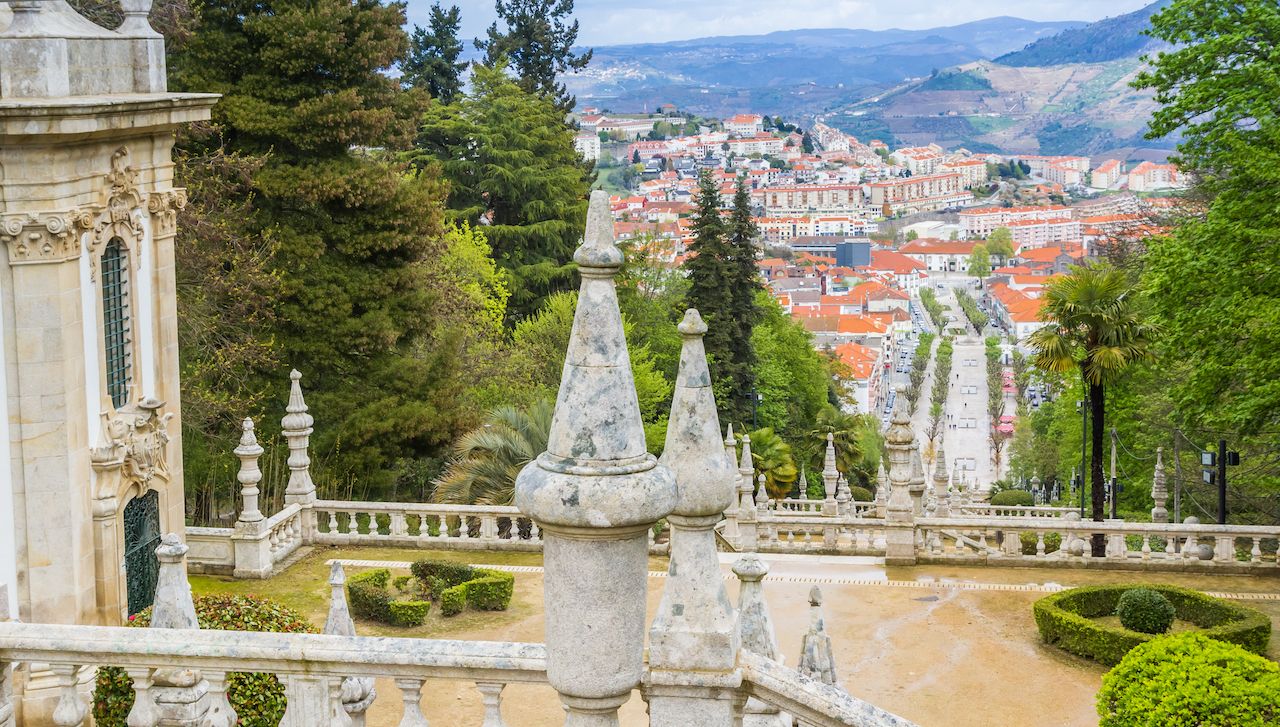
Photo: Marc Venema/Shutterstock
- How to get there: Connected by winding roads through the Douro Valley, Lamego makes a natural stop for anyone tracing Portugal’s wine country — whether by car, train, or river cruise.
Lamego lies in the heart of the Douro Valley, where most visitors to Porto run off to for wine tastings. Wine is indeed one of the town’s draws — namely its Raposeira sparkling wine. Travelers can work up a thirst for the local bubbly by switchbacking up the staircase in front of Igreja de Nossa Senhora dos Remédios, a baroque church and cardinal pilgrimage site whose azulejo tile artworks encourage guests to keep climbing for a closer look. There’s even a dreamy Airbnb set within the vines with a pool and jaw-dropping views. The town itself is no less lovely, with plenty more historic holy sites and an art museum housed in an 18th-century palace.
Traveling to Europe? Check out Matador’s accommodations guides:
- The 10 Dreamiest Islands in the Mediterranean, and Where to Stay on Each
- 17 Airbnbs in London’s Trendiest Neighborhoods
- Amsterdam Airbnbs in the City’s Coolest Neighborhoods
- A Private Villa for a Century, Belmond’s Newly Restored Property Recaptures Portofino’s Hollywood Heyday
- 13 Rome Airbnbs With a Gorgeous View of the Colosseum
- The 24 Dreamiest Airbnbs in the South of France
- The Finest Luxury Hotels Near the Eiffel Tower With Incredible Views of Paris
Costa Nova
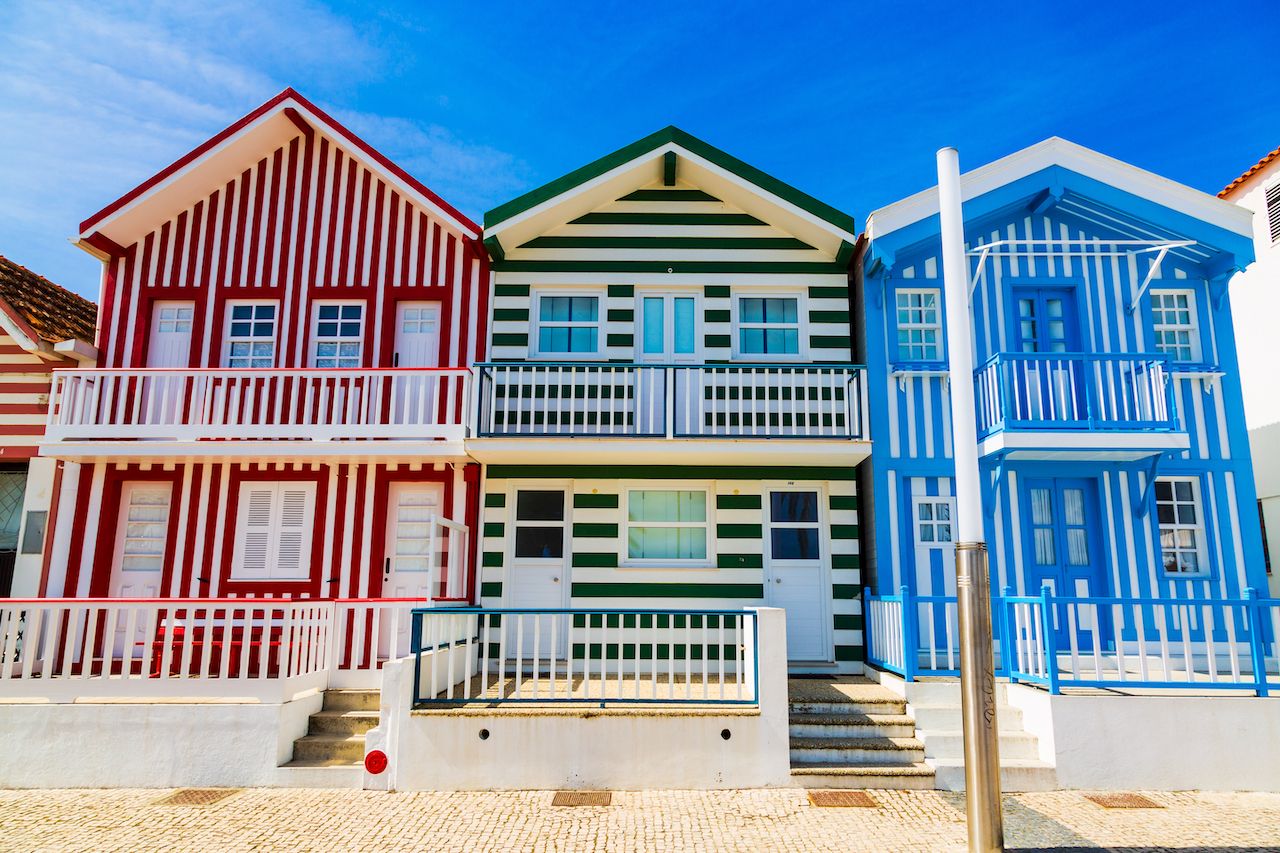
Photo: Michal Ludwiczak/Shutterstock
- How to get there: Just outside Aveiro, Costa Nova is a short hop west from the city center. Many travelers tag it onto a drive between Porto and Coimbra for a seaside detour.
A stone’s throw from Aveiro, one of Portugal’s most romantic waterfront cities, Costa Nova is just begging to be the setting of a Wes Anderson film. It may not have Aveiro’s canals and gondolas, but the old fishing village does have its allure. Notably, a lineup of candy-cane-striped beach houses in all different colors (you can even rent one) and a shoreline to match. Wave chasers frequent the area, but even the surf averse will enjoy the beach-town feel, complete with a scenic lagoon and some seriously fresh seafood.
Monsaraz
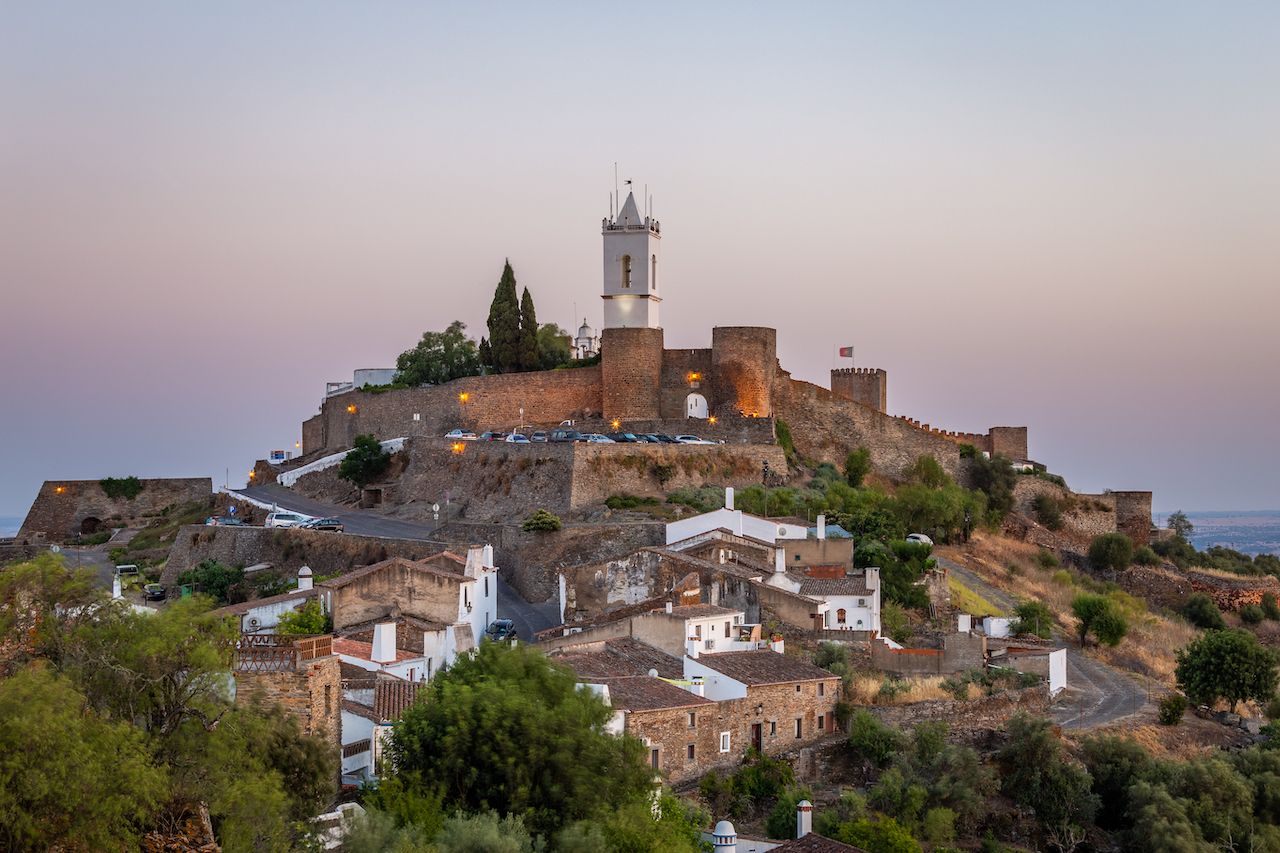
Photo: Gi Cristovao Photography/Shutterstock
- How to get there: Set above the Alentejo plains, Monsaraz is reached by a scenic drive from Évora or Beja. The route meanders through olive groves and vineyards before opening up to views of the Alqueva Lake.
Évora is the city most travelers visit to dip their toes into the Alentejo region. Only some continue on to Monsaraz about an hour east. Those who do are met with everything Alentejo’s famed cuisine promises, including wine and oil harvested from the surrounding vineyards and olive groves, packed into a smaller, somehow quainter slice of the Portuguese countryside. Off-whitewashed walls, red-tiled roofs that were presumably once uniform, and crooked cobblestones that you’d never dream of straightening give Monsaraz its charm, as do its quiet mornings and slow afternoons. A castle on one end lends the village a modest grandeur. From there, visitors are perfectly positioned to admire the Alqueva Dam in the distance.
Talasnal
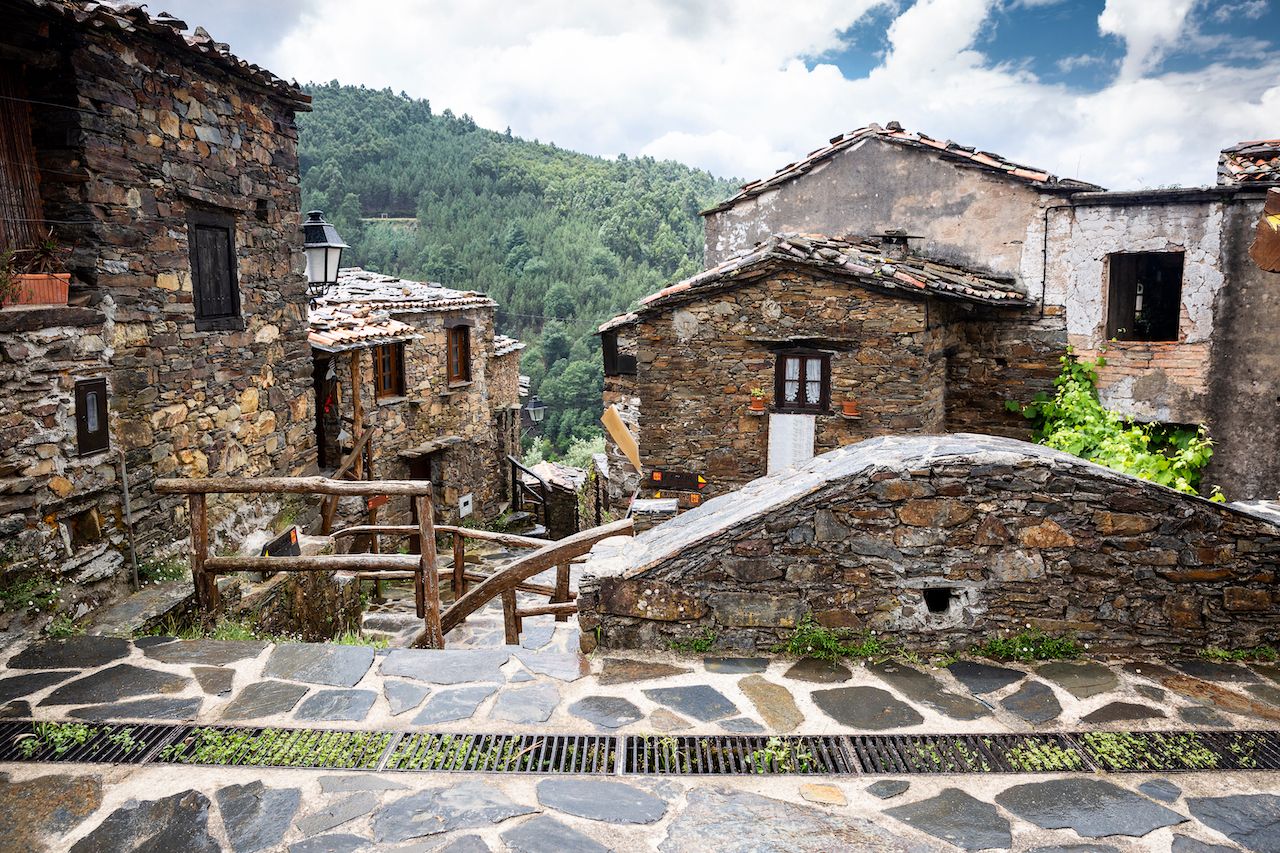
Photo: Jorge Anastacio/Shutterstock
- How to get there: Hidden in the Lousã mountains near Coimbra, Talasnal is best approached by car. The winding route through forest and schist villages is part of the experience.
Talasnal is among the finest examples of Portugal’s schist villages. The sandy, rusty hues of the village’s stonework make it appear as if it’s perpetually bathed in sunset lighting while the surrounding forest all but engulfs the village in the mountain scenery. Book a traditional schist house for an authentic experience. Outdoor activities are a given, yet even walking through town is achingly pleasant, with several small restaurants and shops to pop into. Wooden handrails lead the way, at one point guiding visitors to a sweet little fountain. For something even sweeter, snack on the village’s famous convent cakes.
Marvão
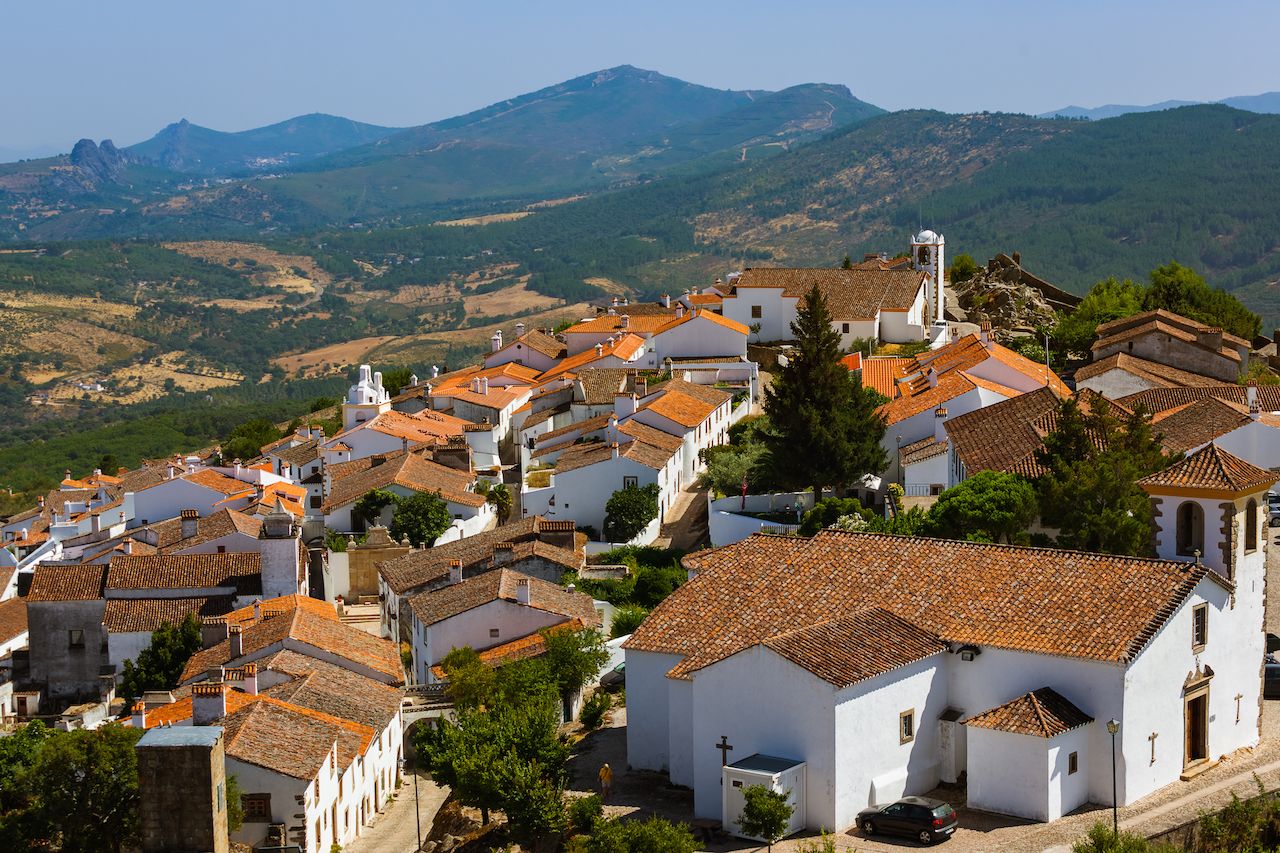
Photo: Tatiana Popova/Shutterstock
- How to get there: Close to the Spanish border in northeastern Alentejo, Marvão is often visited alongside Portalegre or as a cross-country stop on the way to Cáceres.
Marvão is proof that new is not always better. Dating back to the ninth century, when it served as a hideaway for the Moorish Sufi and soldier who gave the walled village its name, Marvão watches over Alentejo from the Serra de São Mamede mountains. It’s these very views that make it a must-see. A medieval castle and labyrinthine garden star as the crowning attraction, but architectural touches like gothic arches and Manueline windows turn any day of dining and shopping into a walk through a living museum. For an overnight stay, hotel Dom Dinis Marvão, housed within the castle itself, offers a rooftop terrace and Jacuzzi with panoramic views of the plains below. Marvão is worth a visit any time of year, but anyone passing through in November will get an extra treat with the annual Chestnut Festival.